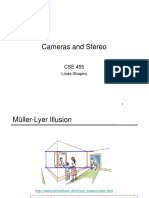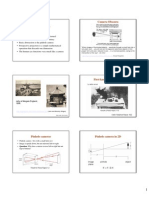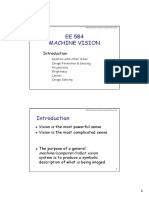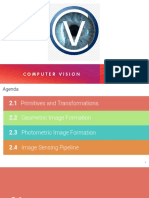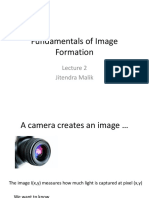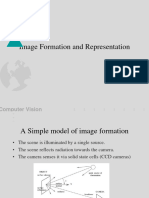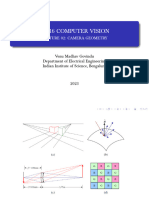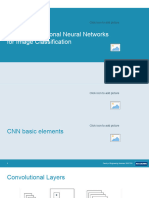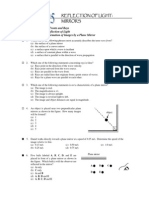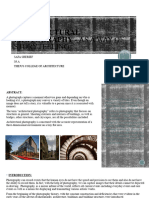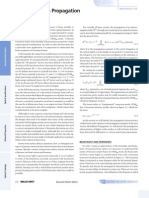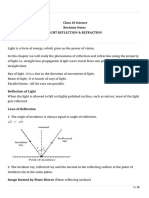0% found this document useful (0 votes)
54 views28 pagesCV - Image Formation
The document discusses computer vision and image formation. It covers topics like object recognition, 3D spatial layout, camera motion estimation, and low-level feature extraction. It also discusses image projection, stereo vision, structure from motion, and challenges like the correspondence problem and underconstrained nature of single images. Shape from shading and texture are presented as cues for inferring 3D structure. Applications mentioned include surveillance, augmented reality, and human motion detection.
Uploaded by
Maa SeeCopyright
© © All Rights Reserved
We take content rights seriously. If you suspect this is your content, claim it here.
Available Formats
Download as PDF, TXT or read online on Scribd
0% found this document useful (0 votes)
54 views28 pagesCV - Image Formation
The document discusses computer vision and image formation. It covers topics like object recognition, 3D spatial layout, camera motion estimation, and low-level feature extraction. It also discusses image projection, stereo vision, structure from motion, and challenges like the correspondence problem and underconstrained nature of single images. Shape from shading and texture are presented as cues for inferring 3D structure. Applications mentioned include surveillance, augmented reality, and human motion detection.
Uploaded by
Maa SeeCopyright
© © All Rights Reserved
We take content rights seriously. If you suspect this is your content, claim it here.
Available Formats
Download as PDF, TXT or read online on Scribd
/ 28






















